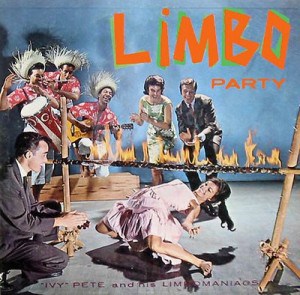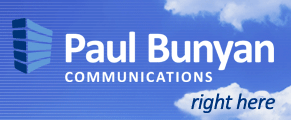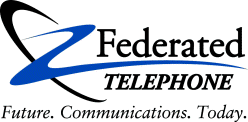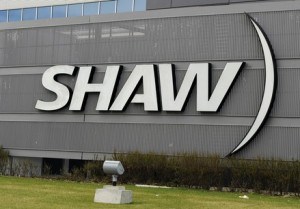 Verizon Wireless has tucked some unpleasant news into their “change of terms” notices buried on the back pages of your monthly bill.
Verizon Wireless has tucked some unpleasant news into their “change of terms” notices buried on the back pages of your monthly bill.
Effective Jan. 12, the wireless carrier will charge a $2 “convenience fee” when paying by phone or through Verizon’s website. Only customers enrolled in autopay, authorize an electronic check payment, or who still mail a check to the phone company every month will escape the new bill padding fee.
Most likely impacted are customers who make their payment at the last minute or face disconnection over an overdue bill if they don’t authorize a partial payment immediately. Verizon says the new fee will defray the costs of accepting online and phone payments, but considering an automated attendant usually handles pay-by-phone bill payments, the costs to Verizon are likely far less than the revenue the company stands to earn from the new fee.
Verizon Wireless’ “administrative fee” is also increasing, effective Jan. 1:
Notice Of Administrative Charge Increase
Effective 1/1/2012, the monthly Verizon Wireless Administrative Charge
for voice and email plans will increase from $0.83 to $0.99 per line for all
eligible customers. The charge for Mobile Broadband customers will
remain at $.06. For information regarding this charge, call
1-888-684-1888. Please consult your Customer Agreement for
information about rate changes.

More money in Verizon's pocket
While we used to indicate these changes were enough to allow customers to escape their two-year contracts under the “materially adverse” clause in the company’s subscriber agreement, Verizon considers that loophole effectively closed with the current terms and conditions made effective this past September:
What Charges Are Set by Verizon Wireless?
You agree to pay all access, usage and other charges that you or the user of your wireless device incurred. For Postpay Service, our charges also include Federal Universal Service, Regulatory and Administrative Charges, and we may also include other charges related to our governmental costs. We set these charges; they aren’t taxes, they aren’t required by law, they are not necessarily related to anything the government does, they are kept by us in whole or in part, and the amounts and what they pay for may change.
However, nobody says you have to agree to pay them. If you call or write Verizon Wireless before 1/1/12 and tell them you do not agree to pay the increased fee and consider it materially adverse and grounds for terminating your service, customer service representatives have been authorized to refund the difference between the old and new administrative fee for the remainder of your two-year contract (or a straight $5 courtesy credit in some instances).
Stop the Cap! recommends using autopay for your monthly Verizon bill, and if you are in the habit of paying your credit card bill in full every month, associate your Verizon account with a credit card that offers a rewards program. With cell bills routinely running $100 or more, earning something extra from a cashback or airline miles card is better than nothing. Just make sure you don’t run a balance. The interest rate charged on most rewards cards is well in excess of the value of the reward.
Tired of the gouging? You can e-mail Verizon Wireless’ executive customer service team and let them know what you think:
[email protected]
[email protected]
[email protected]
[email protected]
Then tell the FCC, your two senators, and member of Congress.
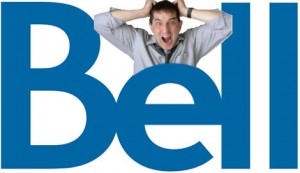 Users who exceed the new usage allowances face an overlimit fee of $1/GB — maximum $80 a month (up $20 effective Jan. 1, 2012).
Users who exceed the new usage allowances face an overlimit fee of $1/GB — maximum $80 a month (up $20 effective Jan. 1, 2012).

 Subscribe
Subscribe